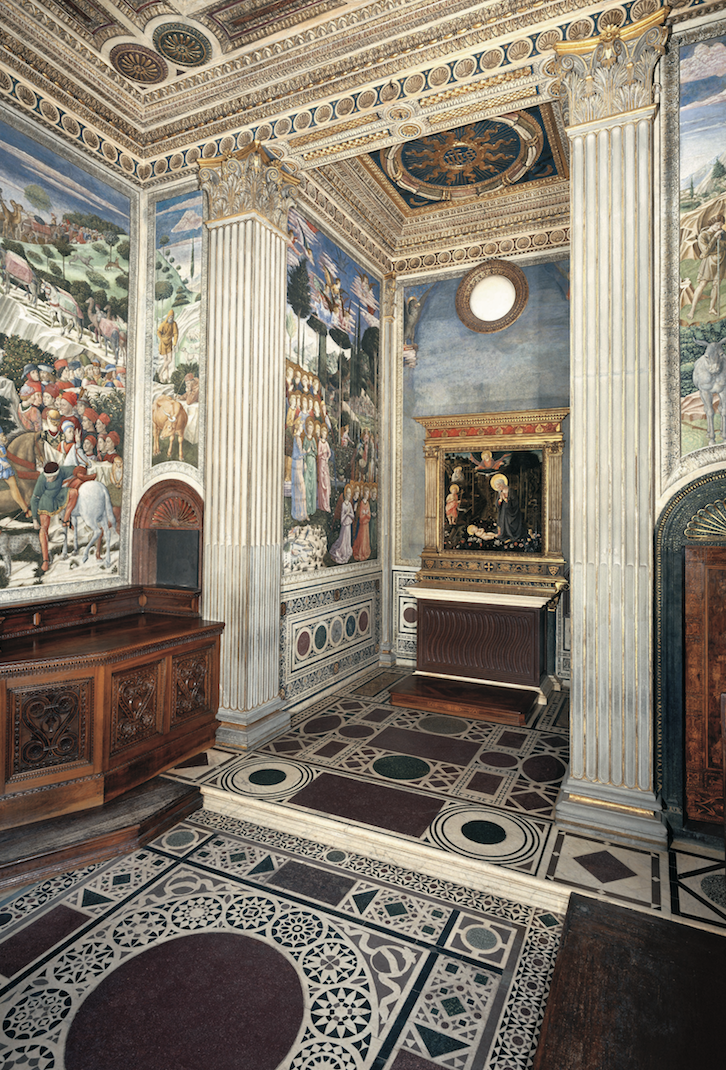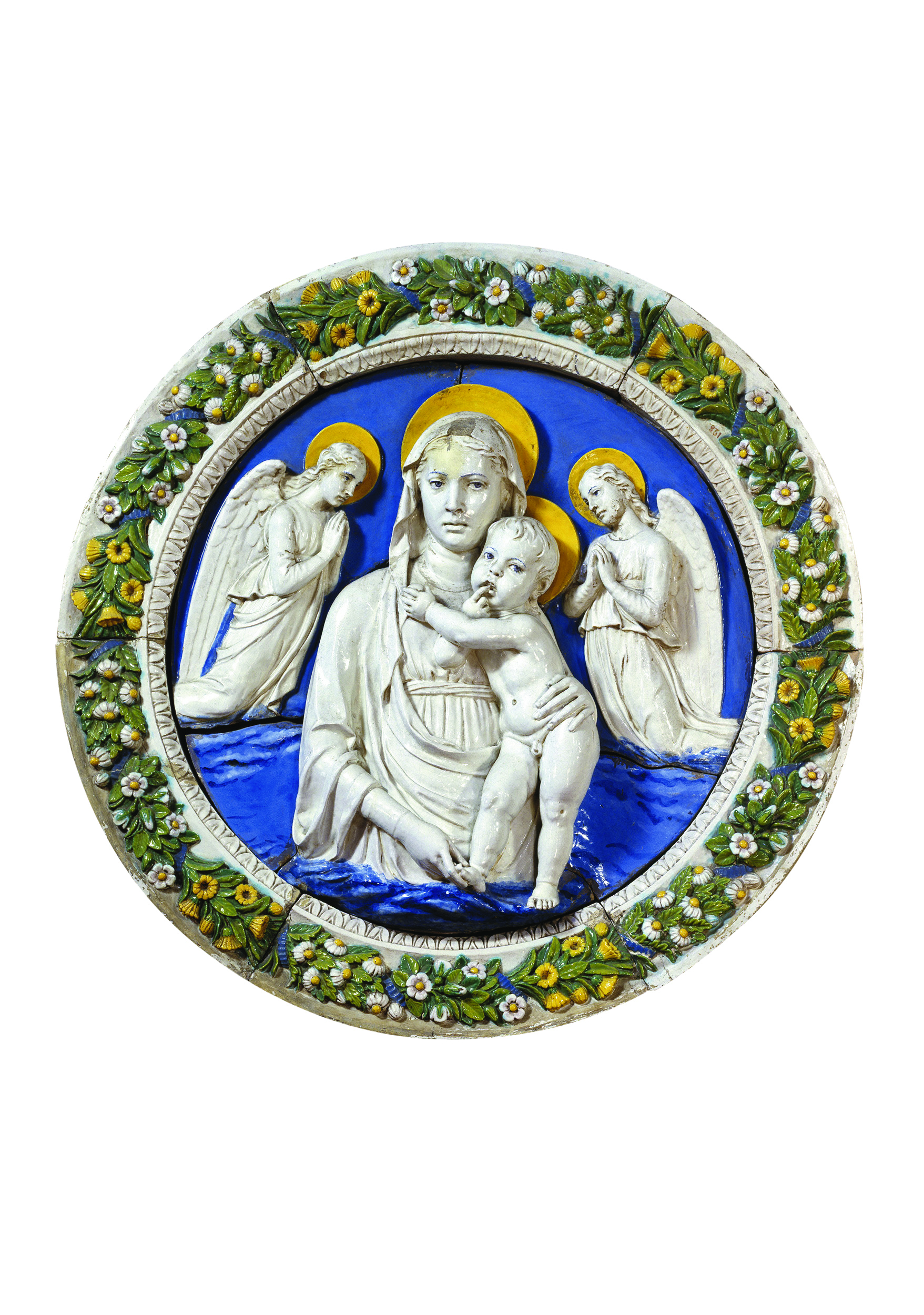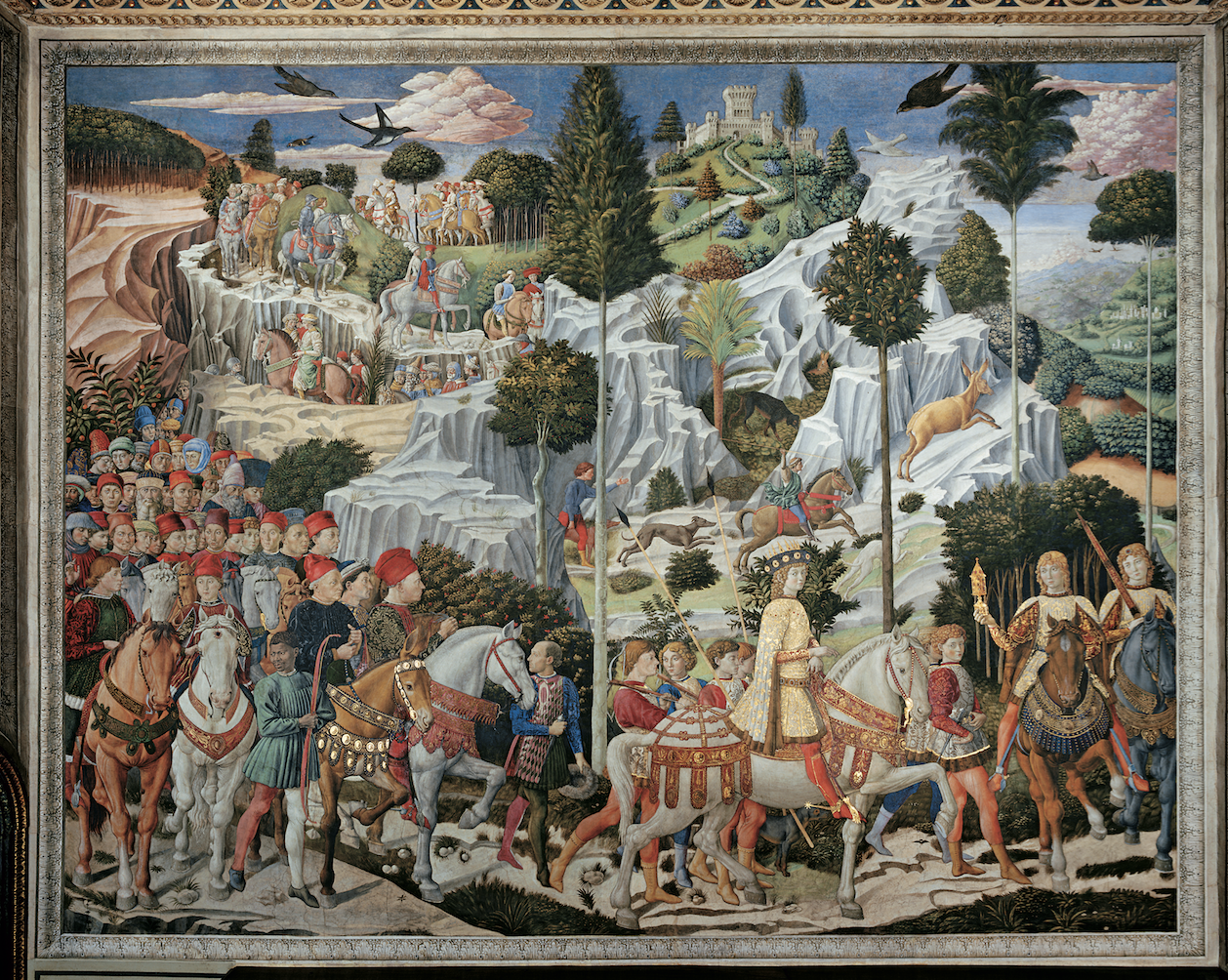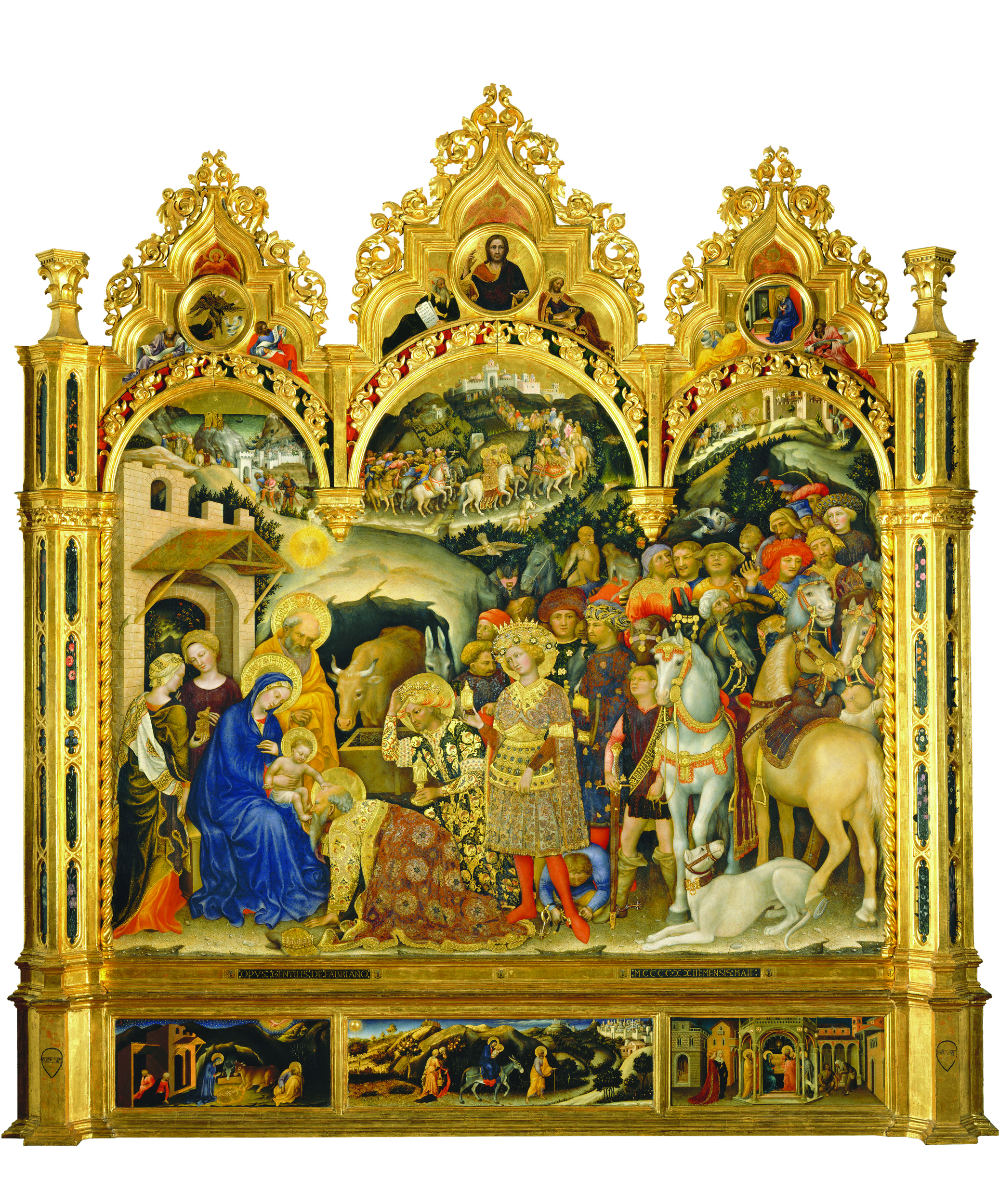When it comes to works of religious art, the Medici chapel in Florence has plenty to offer. Take a closer look at the history behind the paintings with Marina Belozerskaya

Classical stories and portraits graced the homes of rich and self-consciously enlightened Florentines, but by far the most common household images were the Madonna and Child and the saints. These icons were protectors, as well as guides to virtuous behaviour for children and young wives. They came in every form, painted on cloth or panel, carved in wood or stone, or modelled in terracotta and glazed.
Luca della Robbia invented glazed terracotta reliefs – with primarily religious subjects – which gained immediate and lasting popularity. Eye-catching and extremely durable, his compositions were equally appealing indoors and outside. They came to adorn buildings throughout Florence and around Tuscany, from little outdoor shrines to the swaddled babies on the Ospedale degli Innocenti in Florence. Luca’s heirs carried on his tradition for several generations, closely guarding the secret of his technique.

The most magical manifestation of private devotion in 15th-century Florence is the Medici chapel in the family’s palazzo. To reach it today, you ascend a wide and sombre 17th-century staircase. Whether you have seen the chapel before, or visit it for the first time, the minute you enter it you are transported to an enchanted realm. The tiny, two-room chapel is a jewel-box. Its floor is inlaid with an ancient-style coloured stone mosaic and along the walls stand richly carved wooded seats. Over the visitor’s head, the ceiling bursts with elaborately pieced and gilded panelling. But the most spectacular feature by far is the panoramic fresco encircling the entire space.
The fresco, painted by Benozzo Gozzoli, one of Lorenzo Ghiberti’s assistants on the Gates of Paradise, details the procession of the Magi. The travellers wind their way through a craggy countryside to worship the Virgin and Child, depicted in a separate panel, which is placed over the altar.
The cult of the Magi had taken root in Florence in the last decades of the 14th-century. The feast of the Epiphany was celebrated by a procession of costumed actors that made its way through the city. According to a contemporary chronicler, “the Magi processed all over the city, beautifully dressed and mounted, with a large retinue and many novelties.” Starting from the monastery of San Marco, they arrived at the Baptistery, which represented the Temple in Jerusalem. Before it the actors performed a sacred play. One act represented the encounter of the three wise kings with Herod; another, the Magi offering gifts to the baby Jesus; and a third the Massacre of the Innocents enacted with ‘imitation babies.’

From the beginning of the 15th-century, the members of the Company of the Magi who planned and prepared these festivities every three years met at the church of San Marco. When Cosimo de’ Medici became unofficial ruler of Florence, he assumed the leadership of this organization. Cosimo connected himself to San Marco by rebuilding and embellishing the monastery. He was partly moved by guilt and devotion, and partly by competition with his rivals and by his political instincts.
Cosimo wanted to make San Marco into a cultural centre, complete with a humanist library, that would outshine a similar institution founded by his adversary, Palla Strozzi, at the Vallombrosan monastery of Santa Trinità. In fact, Palla Strozzi had linked himself with the Magi before Medici had, for in 1423 he commissioned Gentile da Fabriano to paint an ornate panel on this subject for his chapel in Santa Trinità. Cosimo sought to outstrip his rival and to make the Magi into an image of his control of Florence. By making himself leader and benefactor of the Company of the Magi, he accomplished this conceptual link.

Benozzo’s frescoes are full of details that bind the painted story to the Medici. One wall is occupied by a group portrait of their clan. Cosimo is a man with grey hair and red beret, dressed in a black brocade doublet. He rides on a russet horse behind his son and successor, Piero the Gouty, shown in profile and dressed in green brocade with gold embroidery. A gorgeous youth in gold brocade and red hose posed on a white horse is an idealized likeness of the young Lorenzo. A crowd of retainers behind the Medici is full of individualized faces, including that of Benozzo himself: he wears a red hat embroidered with the gold letters OPUS BENOTII, meaning the work of Benozzo. Even the hilly landscape, cultivated with great care, is a slightly fictionalized portrait of the Florentine countryside and the Medicean villas scattered through it.
The Medici followed the progress of the chapel with keen attention. In a surviving letter from Benozzo to Piero de’ Medici written in July 1459, the painter responds to his patron’s displeasure: “This morning I received a letter from your Magnificence… and I understand that the seraphims I have done do not seem appropriate to you… I will do whatever you command me to do; two clouds will make them vanish…” Benozzo worked hard to please his masters. In bright and costly pigments he created a world that engulfs and absorbs anyone who visits the chapel. Standing in the tiny space, the visitor is immersed in the fairytale that lies before him, his eyes feasting on the lively faces and dazzling costumes. The saturated blues, greens, reds, and yellows of the work are more intense, through both careful preservation and restoration, than in almost any other Renaissance frescoes. The effect of the Medicean power and splendour is overpowering. One can well imagine what their progress through the city looked like in real life.
